Imaging Projects
In this blog, I will share the results of all of my imaging projects. The newest will be at the top and the oldest will be further down the stack. Going back in time here is interesting - some of my early stuff was pretty rough - but I did not see it that way at the time - I was thrilled to get anything back that looked like an image! Hopefully, you will see how my work has progressed with time!
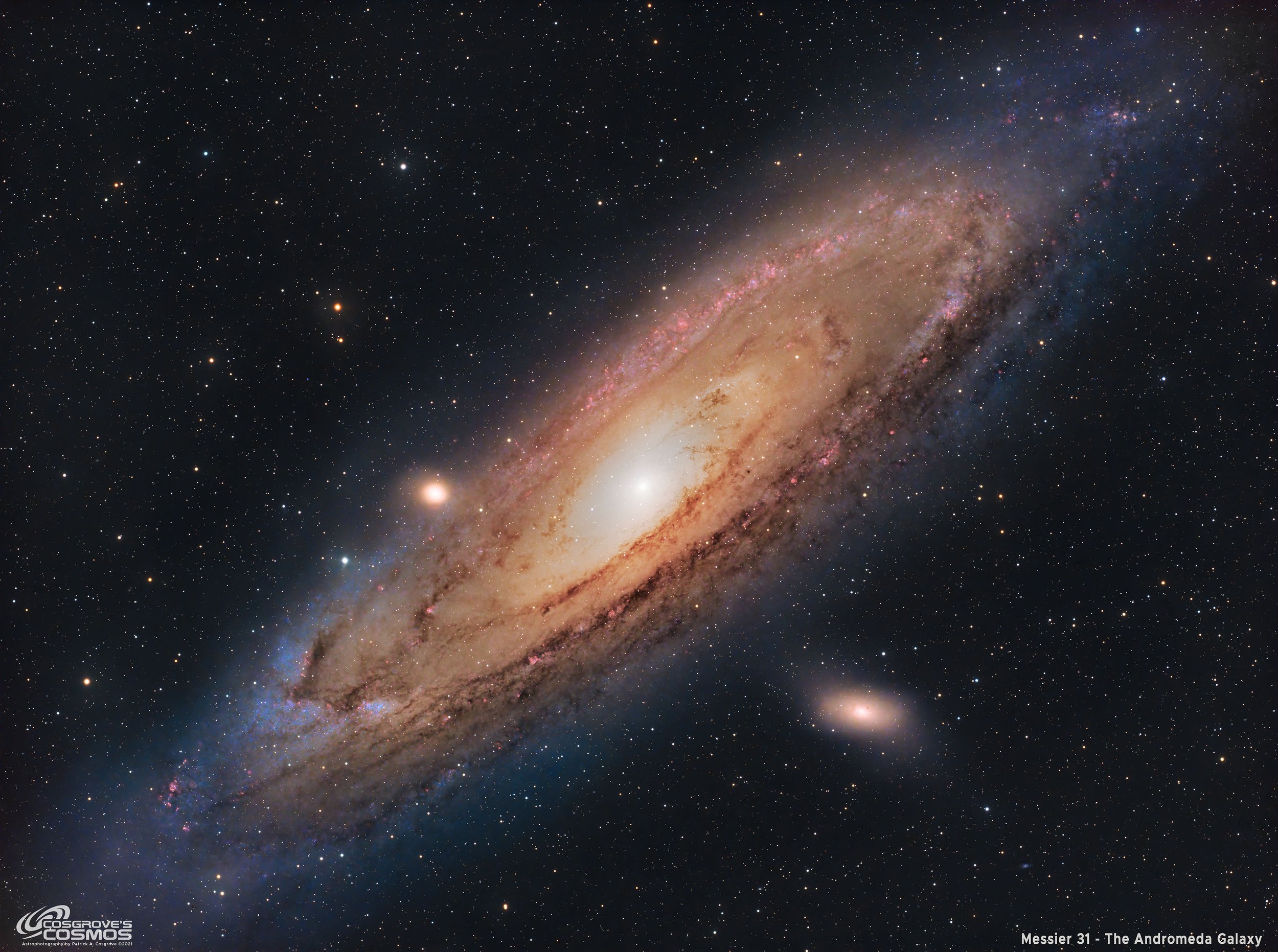
Reprocessing Project: Messier 31 - The Andromeda Galaxy (6 hours in LHaRGB)
This version of M31, taken in November 2021, is my favorite. But it has been a few years since I first captured and processed this data. I have learned a lot since then, and I also have some excellent new processing tools at my disposal, so I wanted to see where I would end up if I were to start from scratch with the data, and this is the result!
Let me know what you think of this new image!
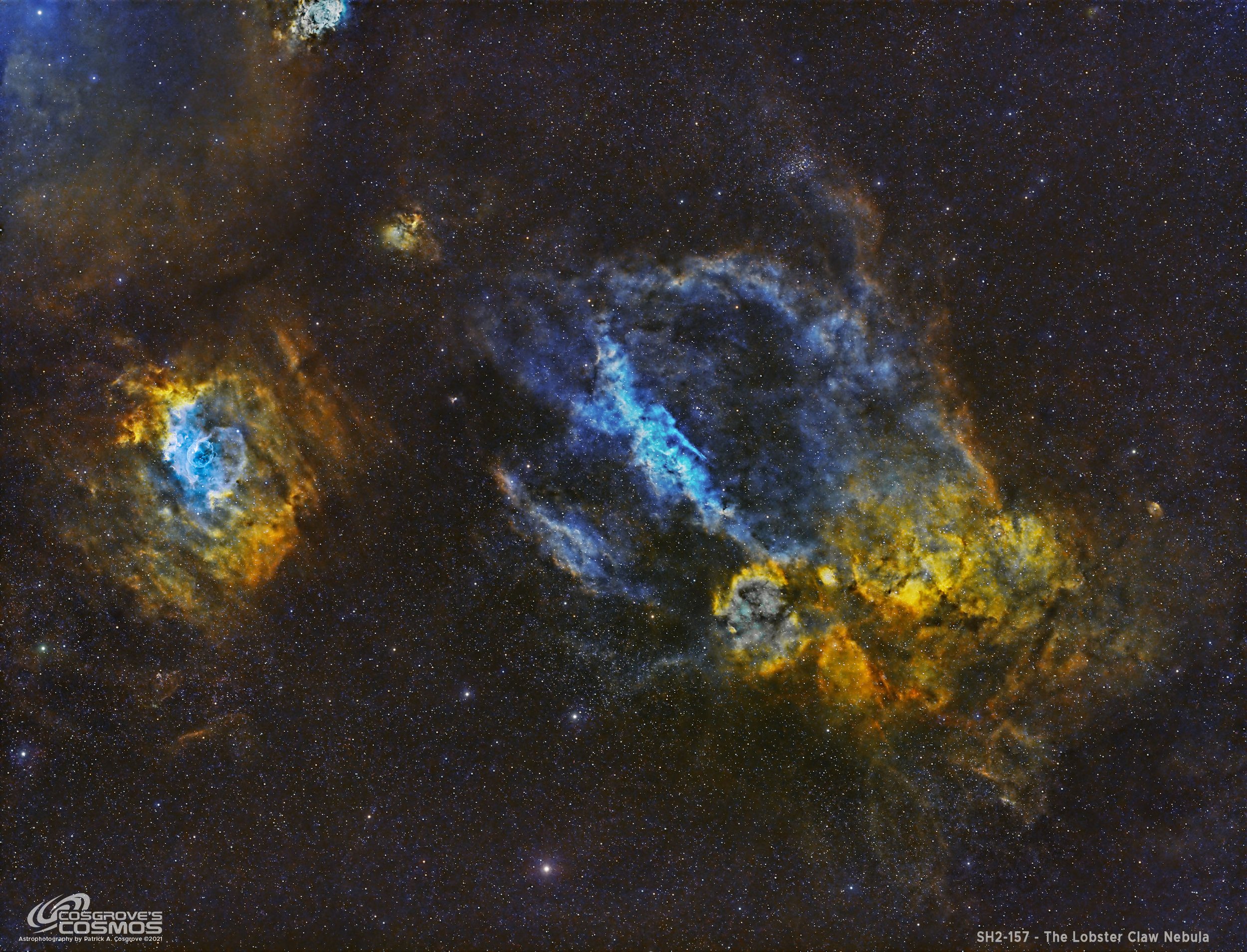
A Reprocess of SH2-157, The Lobster Claw Nebula - 4.25 hours in SHO.
SH2-157, The Lobster Claw Nebula, is located 11,000 light-years away in the constellation of Cassiopeia. This is a Reprocess Project - working with data in 2024 that was captured in 2021. I wanted to see if I could improve on this image. I think I did!
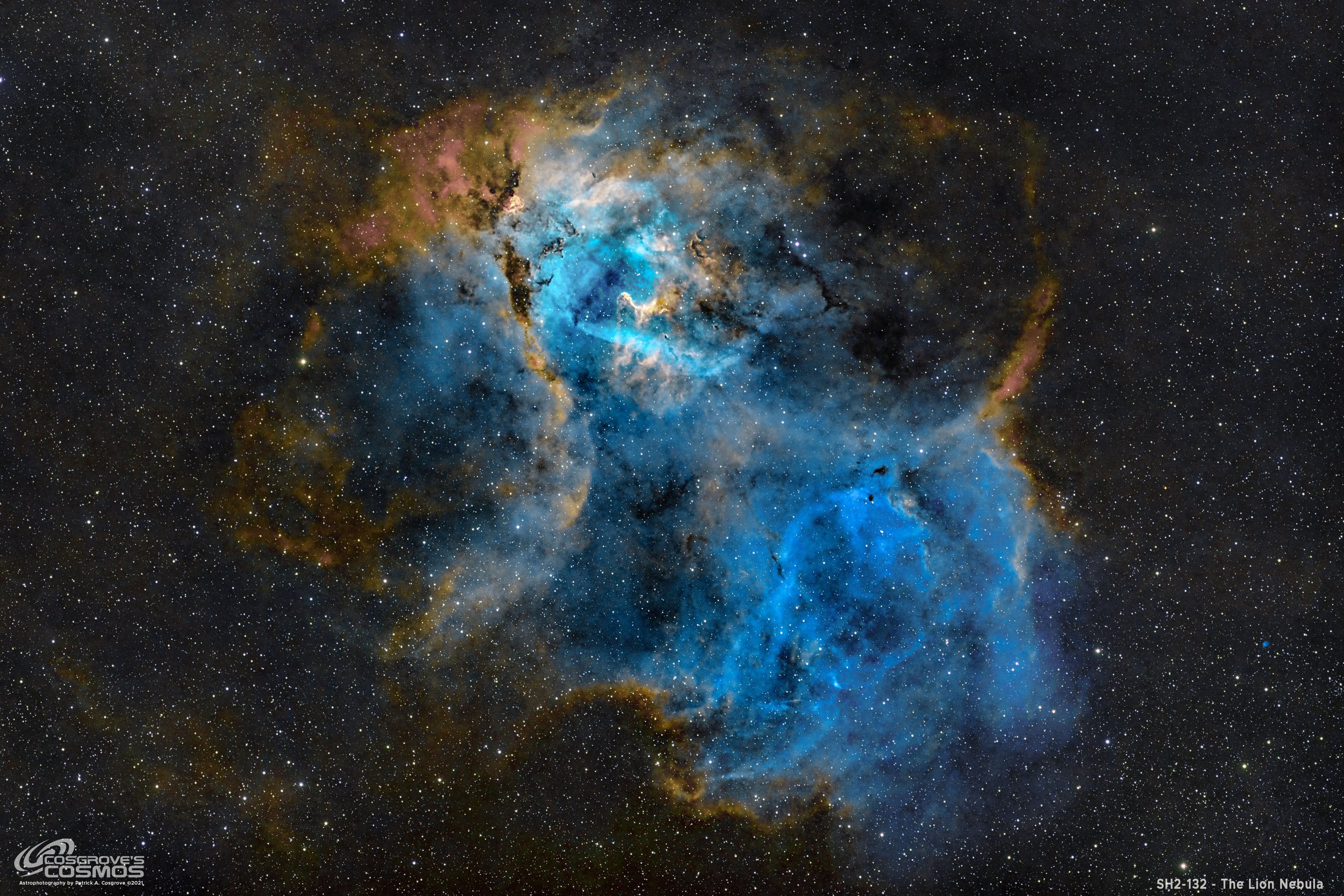
SH2-132 - A Reprocess of The Lion Nebula in SHO (8.33 hours)
This is an Image Reprocessing Project for SH2-132, also known as The Lion Nebula - whose data was originally collected in September of 2021.
The Lion Nebula is a rich HII region with star clusters, emission nebulae, and dark dust regions. Located in the southern portion of the constellation Cepheus, the Lion Nebula is roughly 10,00 light-years away in the Perseus Arm of the Milky Way Galaxy. This is a very faint and challenging target.
This image was taken on the Askar FRA400 Platform with 8.33 hours of exposure in narrowband.
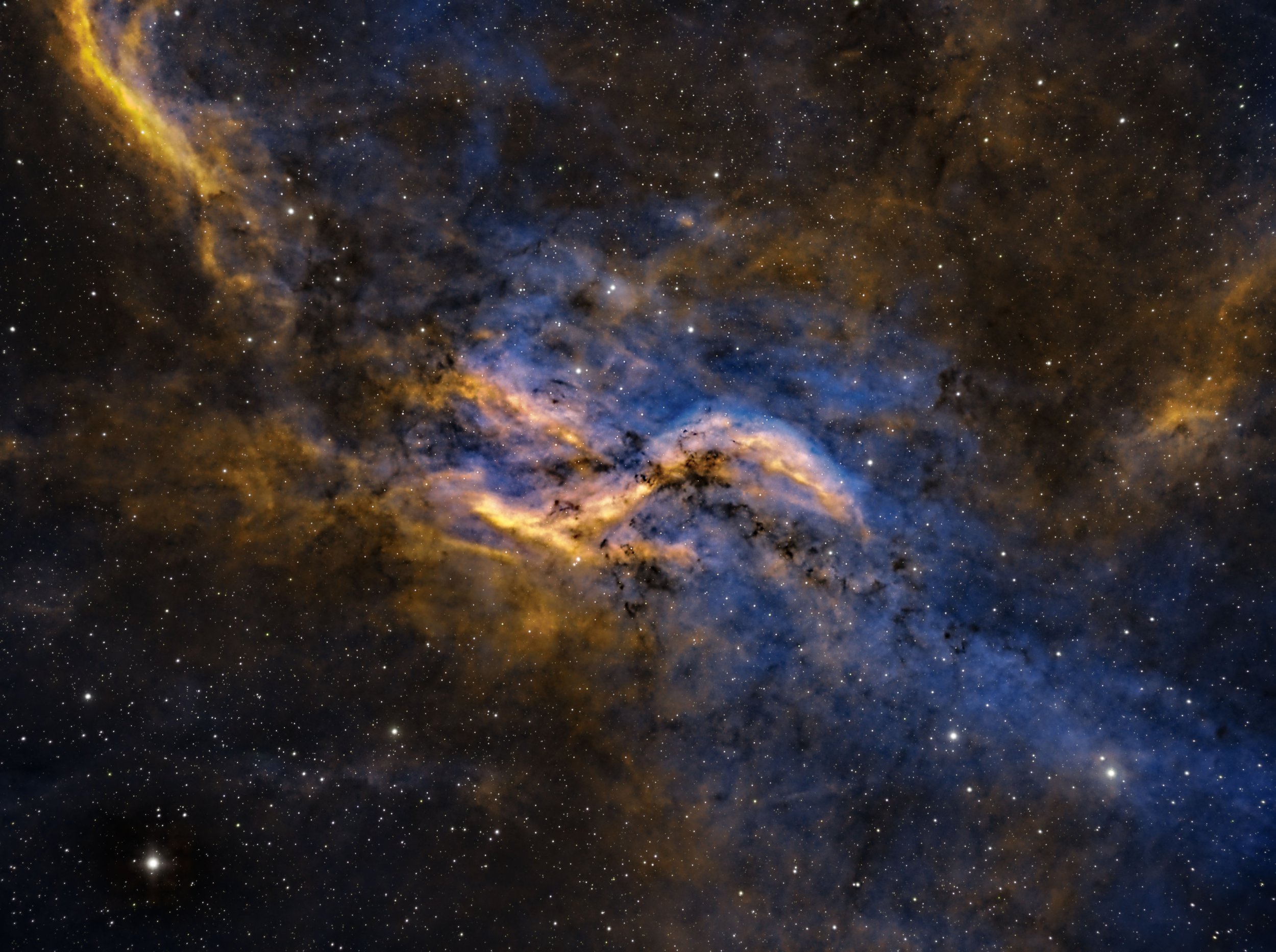
DWB 111/119 - A Reprocess of The Propeller Nebula - in SHO ~ 10 hours
This is a Reprocessing Project for data collected for DWB 111/119 in Sept of 2021.
I was never happy with the initial image. I wanted to see if I could make it better. I had a really hard time figuring out where I wanted this image to go - I think the final version is better than the original but I am not sure. You judge!
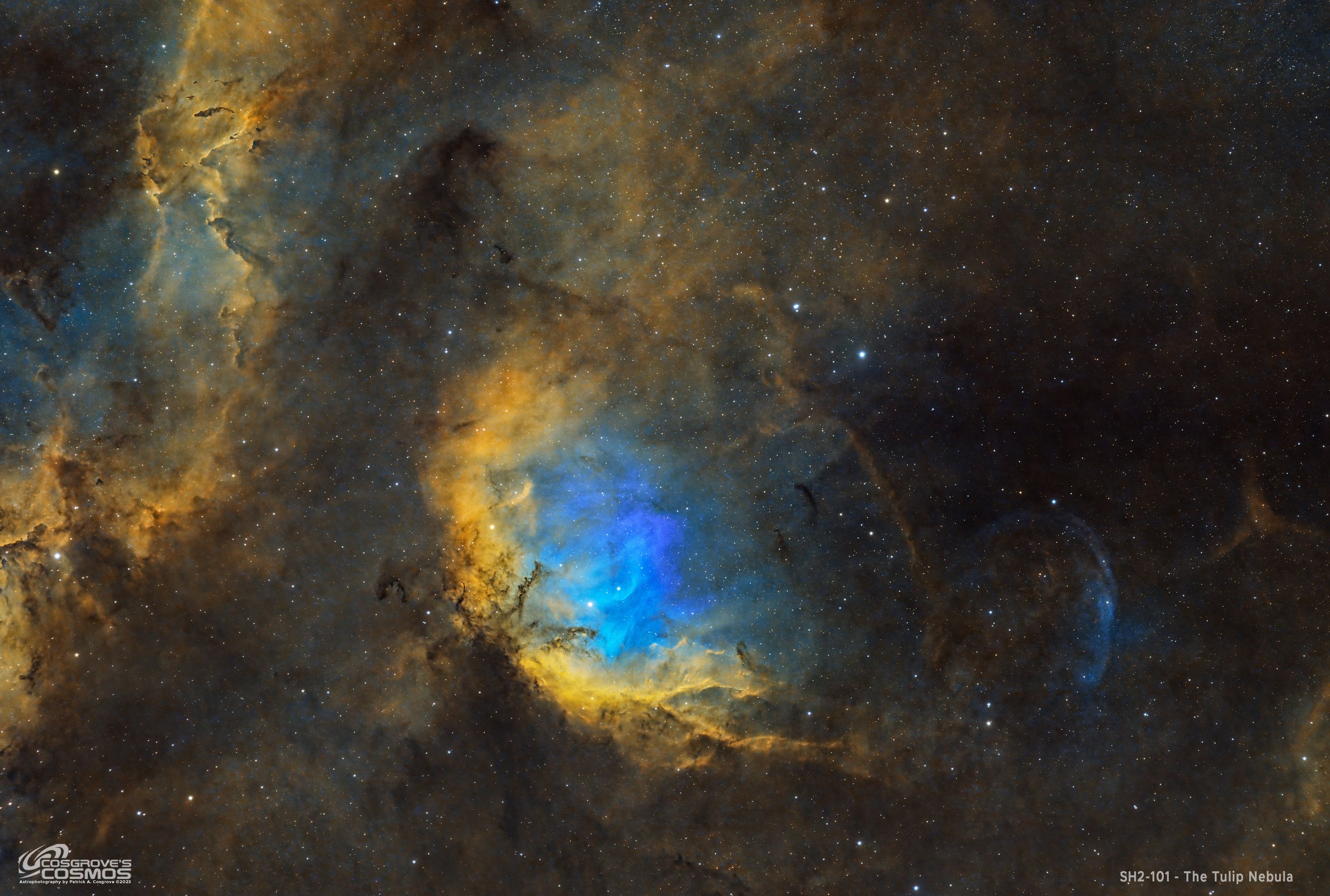
SH2-101 - A Reprocess of The Tulip Nebula - 12.8 Hours in SHOrgb
This is a REPROCESSING PROJECT for Sharpless 101 (specifically Sh2-101) also known as the Tulip Nebula. This object is located approximately 6000 light-years away in the constellation of Cygnus (The Swan). This was a 12.8-hour integration with the AP130 platform using the ZWO ASI2600MM-Pro Camera.
I was able to significantly improve the image and am quite pleased with the improvement I was able to produce - but you be your own judge of this!
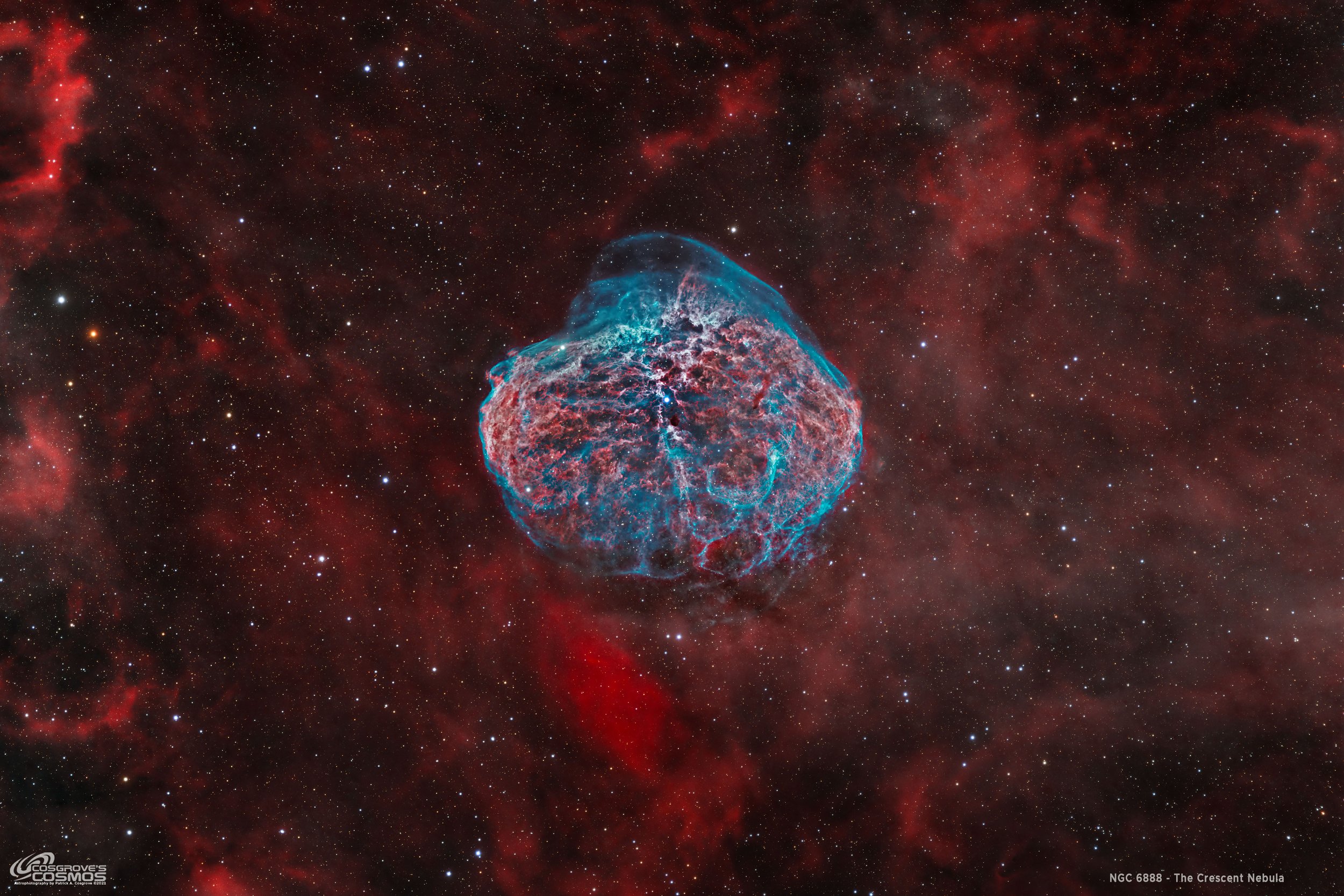
NGC 6888 - A Reprocess of The Crescent Nebula ~11 hours in HOOrgb
NGC 6888 - The Crescent Nebula is a famous emission nebula located in the constellation of Cygnus. This is a reprocessing project using image data first captured in September 2022.
SInce. I have no new data to process due to the wildfire smoke, I decided to use some new tools and processes to see if i could pull more details out from the O3 shell that surrounds the nebula.
THe resulting image show much more O3 detail - including some interesting convection cells towards the bottom of the nebula
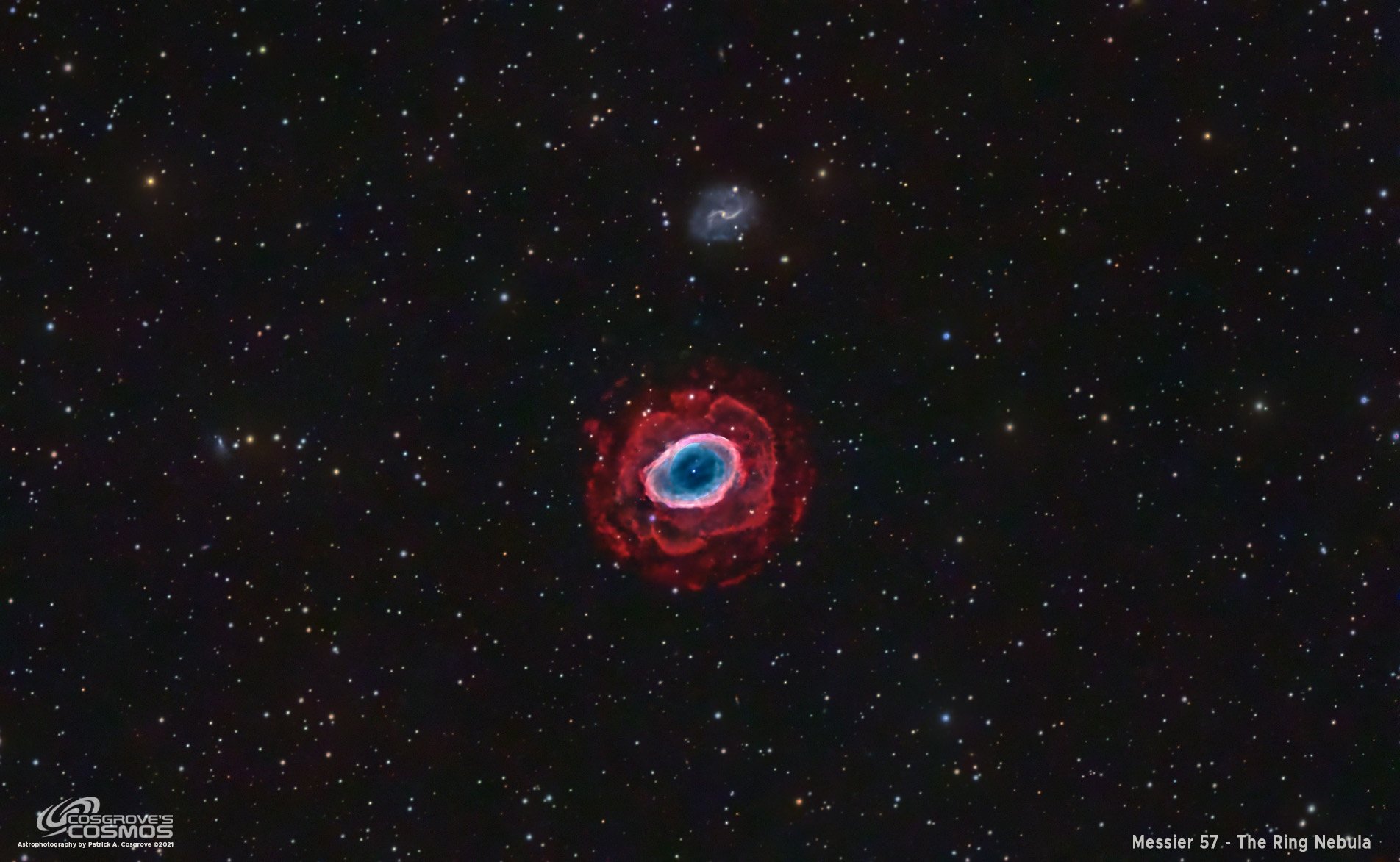
Messier 57 - A Reprocess of The Ring Nebula - 14.7 hours in LHaRGB!
Messier 57, the Ring Nebula has long been a visual favorite of mine. This was a reprocess of data that was collected in 2022. Based on 14.7 hours of HaLRGB, this data showed the rarely seen outer shell. I wanted to see if I could improve on that image with advanced tools and techniques. Since the original image was published, I created a new imaging project for posting to contain both the old and the new versions in the collection.

Messier 27 - A Reprocess of My Dumbbell Nebula Data in SHO - (10.25 Hours)
This imaging project is not a recapture of data for M27 - the Dumbell Nebula. Rather it is an effort to reprocess old data using new tools and new processing methods to address some concerns I had about the original image - where I thought that the stars were bloated and unsharp, and that I thought I should be able to bring out more detail in the amazing outer gas shells that narrowband imaging shows for this target.
